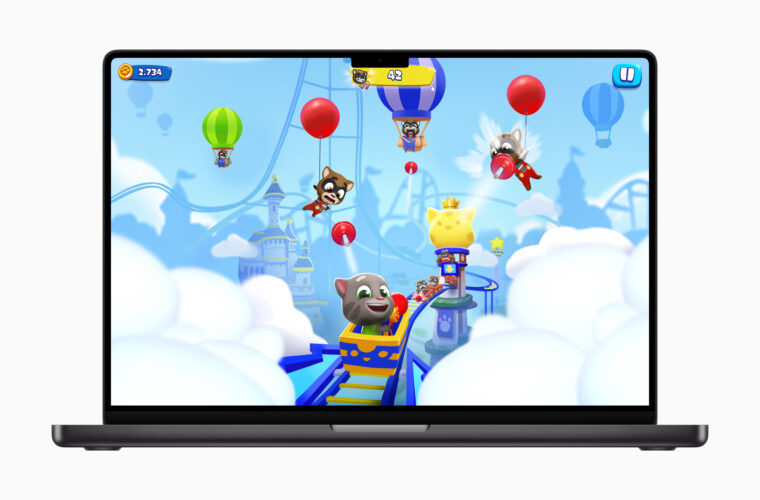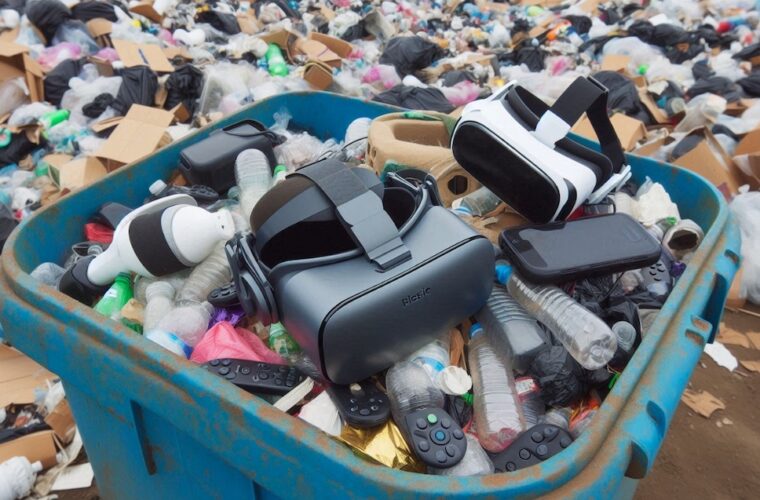If we assume that smartphones have achieved perfection in terms of performance, shooting quality, and user experience, it seems difficult to guess what the future might be. Samsung and Huawei tried to break new ground by focusing on design, changing the shapes to an object imagined until then in only one way. Thus, foldable was born, with the fold expanding the use of phones for taking photos and increasing the surface area to provide more space for those with smartphones who want to work, play games, or even watch videos, sporting events, and concerts. Although still young, foldables have not yet convinced everyone, as sales and market share show. The most generous estimates speak of 18 million units sold yearly, so they grow annually but do not break through.
Reasons why they cannot be compared with top-of-the-line phones that are no longer just phones. The iPhone used to be a status symbol, but when you sell more than a billion of them, it becomes a popular item you find in the pockets of one in five consumers. This is also because Apple is good at safeguarding the value and extending the life cycle of models that are outdated by technological evolution but still perfectly functional. It is curious, then, that in the aftermath of the launch of the new iPhones, a phone that had never before appeared appeared.
Huawei Mate XT, a new beginning
Everyone in San Francisco was still busy talking about the iPhone 16 Pro, its Camera Button, and 4K slow motion at 120 fps, when on the other side of the world, Huawei surprised by unveiling the first trifold smartphone in history. It is Mate XT, the first smartphone with three displays and a dual hinge.
When closed, a 6.4” screen looks like a classic smartphone with a pronounced thickness (12.8 mm); when fully open, the diagonal reaches 10.2”, like an iPad. Just launched, only in the Chinese market, without yet many details about the potential for use and AI features, at a price corresponding to our €2,800 in the 512GB storage version, it is impossible to think what the Mate XT will be able to do.
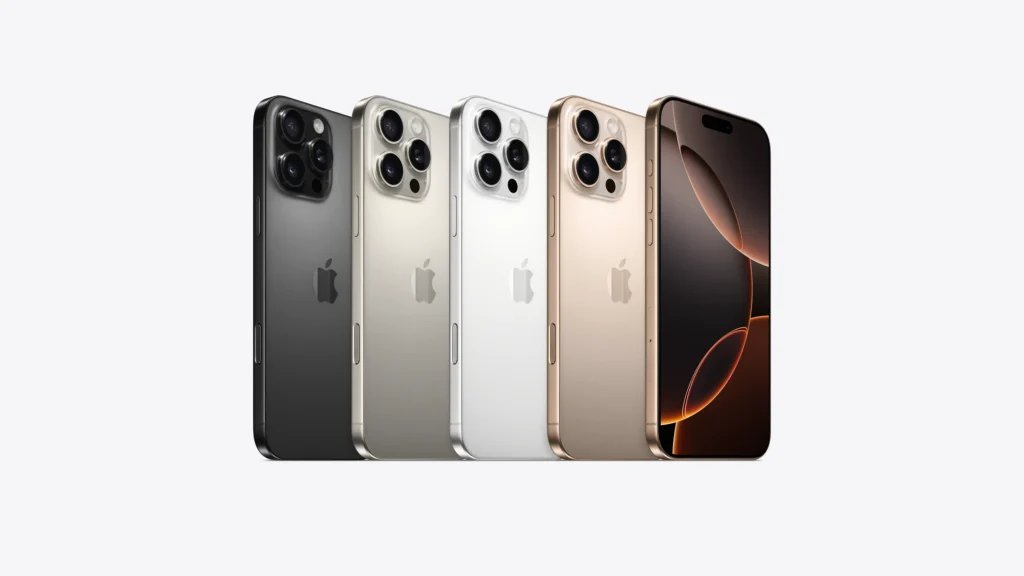
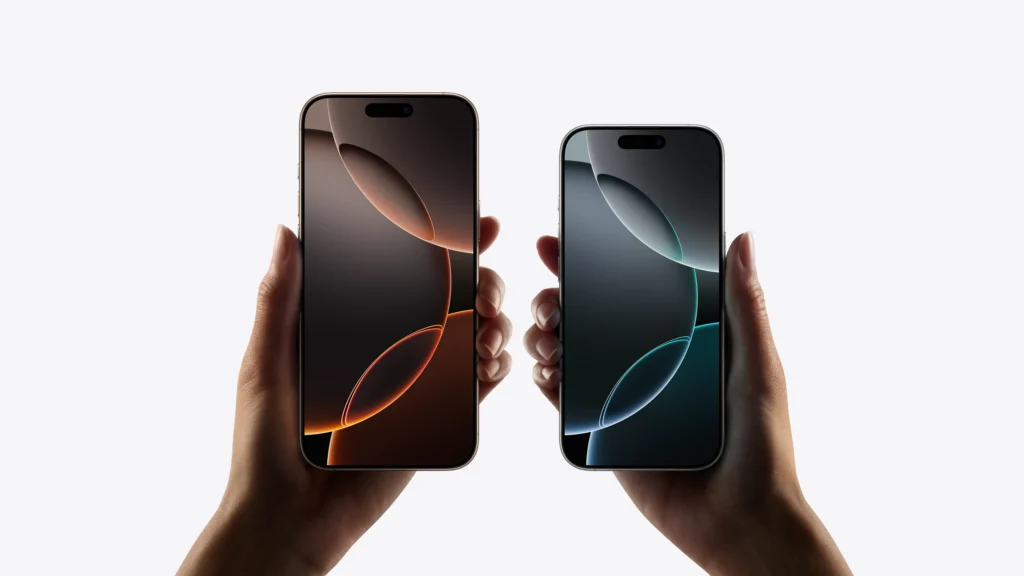
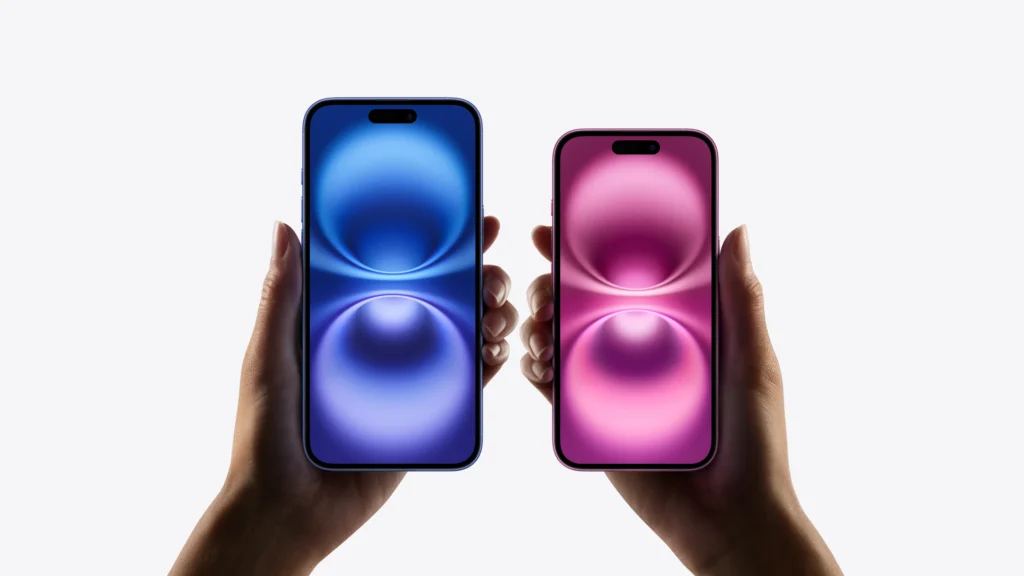
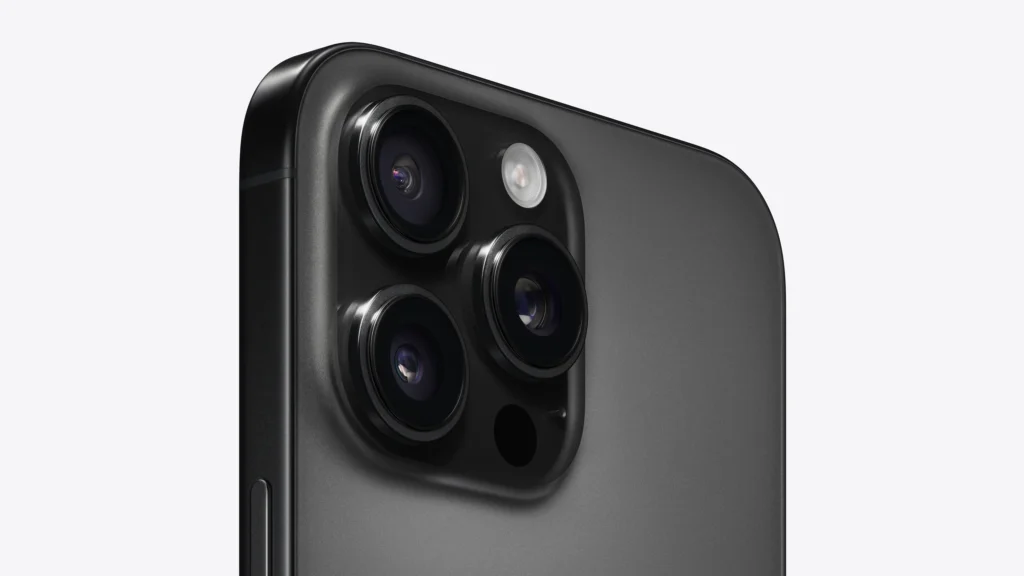
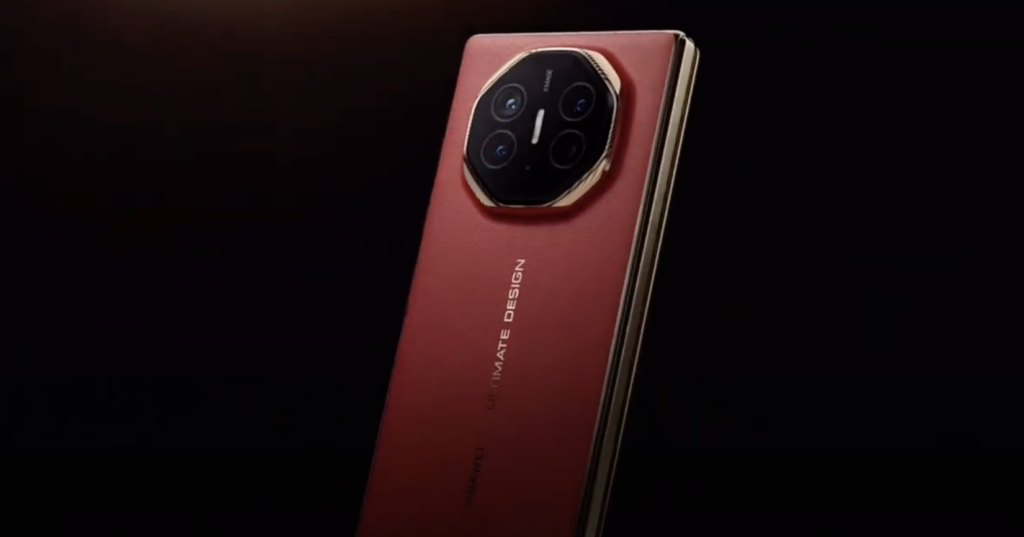
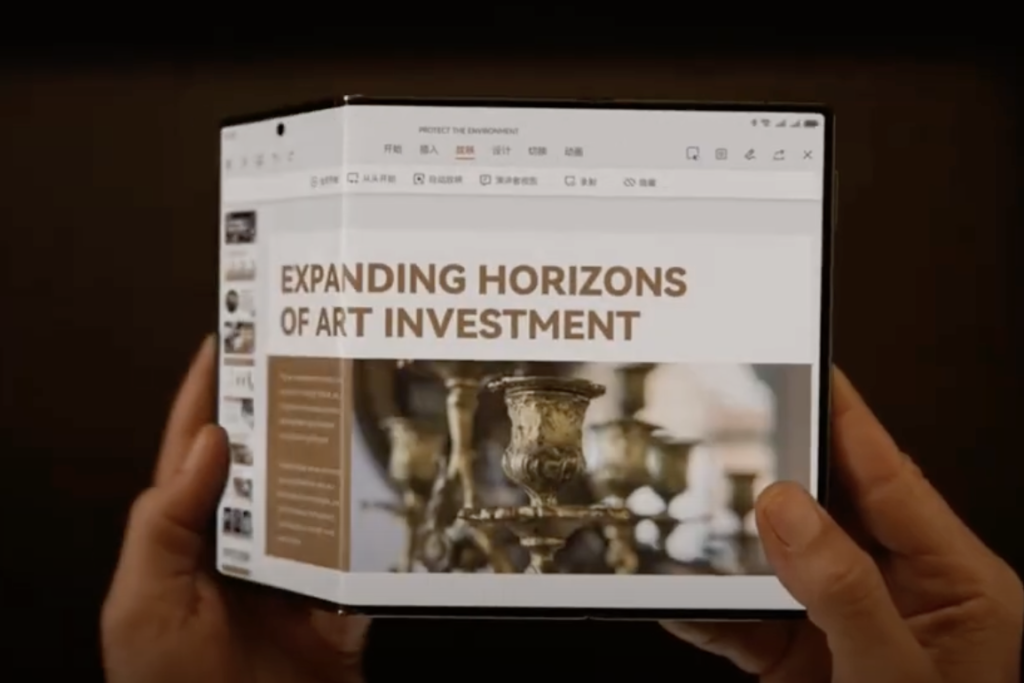
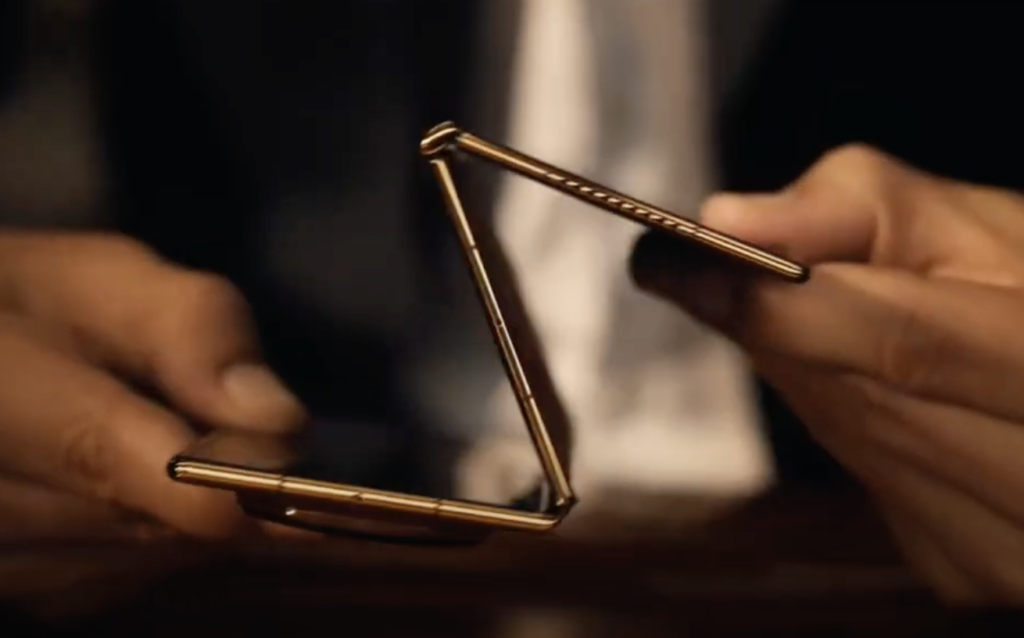
After seeing it, however, one can imagine that the trifold will be the forerunner of a new market segment populated by other Chinese manufacturers. The patents are already there; just wait a few months, and other phones that become tablets will vie for the sceptre with Huawei.
The one who might worry about the latest entrant is Apple because the Chinese market is a priority for the Cupertino company. For the first time in years, Apple is no longer among the top 5 manufacturers that have delivered the most smartphones to China. True is that the second quarter of the year always struggles because gazes are cast toward the new iPhone coming out in the fall. It is true, above all, that the iPhone continues to be an unparalleled source of revenue for Apple, securing 55% to 60% of the Tim Cook-led company’s total revenue.
The resilience of Huawei, which has returned to shine at home after years of difficulty due to its inability to acquire crucial components (such as chips) to develop devices that can rival high-end competitors, marks a turning point symbolized by the appearance of the first trifold. However, it should not be forgotten that the challenge of the future will be played out more on software than hardware, specifically by the capabilities of making the phone able to understand the user’s needs and help them carry out processes, simplifying access to services and speeding up the execution of tasks.
In Cupertino, they have accelerated work on Apple Intelligence to make themselves aware of a gap between Samsung and Google. On the other hand, Huawei cannot play the same game without being able to have 3-nanometer processors like Apple or even 4-nanometer processors like Samsung and Google (fewer nanometers means more transistors, thus more computing capacity); therefore, it must follow another path, which they in Shenzhen want to build themselves without looking too much at others.

